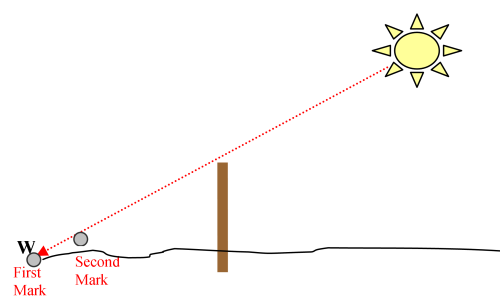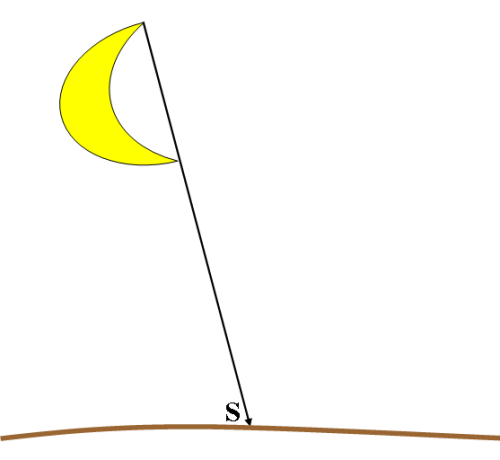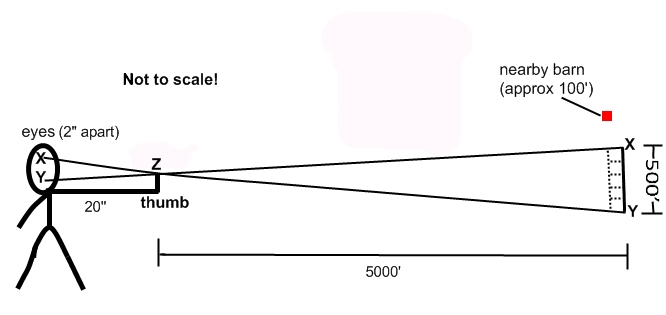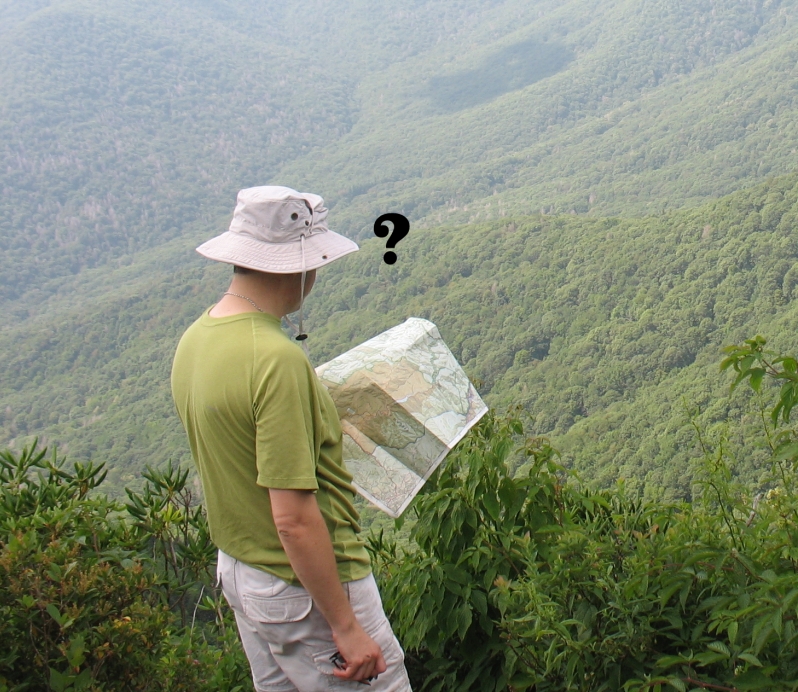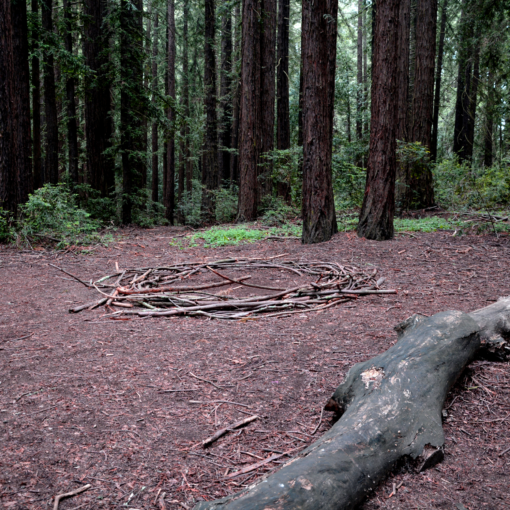Many hikers rely on GPS equipment for navigation in the wilderness rather than a compass and physical map. If something goes wrong with your device, it is prudent to know how to apply the necessary navigational skills. Using the sun is the most fundamental lesson in navigation. Roughly speaking, the sun rises in the east, sets in the west, and reaches its highest point in the sky at noon. Using the Sun for Navigation The sun always rises in the east and sets in the west. The earth spins towards the east, which means all the planets, the sun, moon, and […]
Lost
Remember this helpful tip if you are ever lost during the dark when the moon is visible in the sky: mentally draw a line that connects the endpoints of the crescent moon and then extend this line to the horizon. This point where it touches the horizon indicates South.
Estimating distance is a crucial skill in various scenarios such as daily life, hiking, and survival situations. It helps you maintain your sense of direction, calculate distance and height, and estimate travel time while hiking relative to your pace. Did you know you can estimate distance using only your finger? Estimating distance using only your finger is based on this known fact about human anatomy: Your arm is about ten times longer than the distance between your eyes. Here’s how you can use this information to estimate distance: Imagine you’re standing on a hill, and you want to estimate the […]
Knowing how to read a topographic map is an essential skill for navigating the backcountry. Make sure you understand how to follow a topographic map before your hike — especially if you plan to be in a remote area. Here we’ll cover the basics and provide some online sources for finding topographic hiking maps. We will also feature some external sites that teach map skills & orienteering in greater detail. What is a Topographic Map Topographic maps render the three-dimensional ups and downs of the terrain on a two-dimensional map. The topographic map shows a cross-sectional view of the terrain, known as a topographic profile. […]
It is a common scenario: when we get lost in the wilderness, we wind up walking in circles. Much to our dismay, at some point we’ll revisit our tracks and feel despair that we’ll never make it out of this loop and back to civilization. The German research scientist, Jan Souman’s empirical data confirms that humans have a tendency to not only walk lopsided but to self-navigate within a loop when lost. Favoring Loops in Poor Visibility In the study, participants were instructed to walk straight from two different starting positions (marked as red dots). The blue line represents the […]
